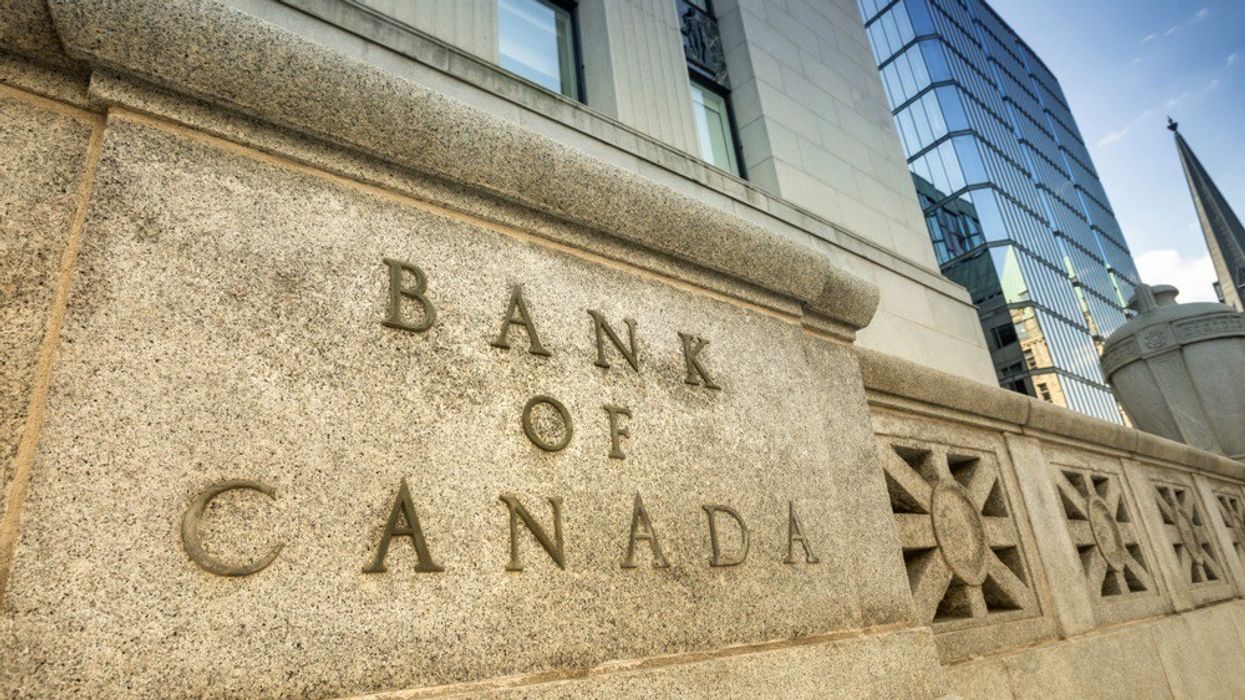Canada’s inflation rate rose by a basis point to 4.8% Tuesday, a 30-year high, and whether or not that impels the Bank of Canada to hike the overnight interest rate as soon as next week, an increase is definitely forthcoming.
“Our call remains for April but we would not be shocked to see the Bank of Canada move next week, if not in March,” Robert Hogue, Senior Economist at RBC, told STOREYS. “As we speak, our call remains in April for the first rate hike.”
Many observers expected the central bank’s rate hiking campaign to begin by next quarter, however, that was before Omicron ripped through the population like wildfire. Consequently, the Bank of Canada has delayed its plans, but the new variant’s milder symptoms mean the economy likely won’t incur the same damage that the previous strains of COVID-19 caused.
“The fact that governments are much more reluctant now to impose restrictions, in the end the economy may not suffer quite as much as it did during the first few waves of COVID,” Hogue said. “It’s going to stay positive and our view is any economic activity lost during that period will be made up through the remainder of 2022. So the recovery is still on path, and while it might be a little delayed, it has not been derailed.”
Inflation will remain elevated until Q2 when, Hogue says, it will decelerate but remain at historical levels. By 2023, rates will hover above 2% and close out the year below, or around, 2%.
But for Canadians who live on the margins, the next two years will be hell, according to Laura Martin, Chief Operating Office of Matrix Mortgage Global.
“Inflation more negatively affects people who are on the lower end of the income bracket with less discretionary spending and without these inflationary assets,” she said. “While inflation is increasing, people with a cushion and homeowners who aren’t overspent, and have dual incomes, aren’t feeling it the same way people are who were barely making ends meet by spending 60% of their income on housing and the rest on food.”
Martin says the irony of COVID-19 is that it has both impoverished people on the margins and buoyed them through the government’s extravagant spending programs. Canadians struggling with financial precarity are overwhelmingly affected by lockdowns, each of which has necessitated government income subsidies. However, these programs are also responsible for inflation.
“The COVID pandemic is both fuelling and covering it up,” Martin said. “It’s fuelling inflationary spending and debt spending and distracting us from the fact that inflation is crippling us because we’re more concerned about our everyday problems, like not being able to work or not being able to send our kids to school.”
She added that it’s leading Canada down the dangerous path of becoming a two-tiered country because the savings rate has surged for some while others are on the precipice of poverty.
“Inflation will absolutely widen the income gap and the wealth divide, and it is absolutely disproportionately affecting marginalized groups and people of colour,” Martin said.
Hogue says the Bank of Canada’s rate hiking campaign will result in six 25 basis point increases, which will bring the overnight rate to 1.75%, and while that will cool the housing market, there are others factors that will ensure it remains heated.
“Everything else being equal, we would expect the margins to cool the market, but things are not equal elsewhere because, among other things, we’re seeing immigration ramping up, which will put a bit more pressure on the demand side,” he said.
“The interest rate is likely to cool demand after a period of time, but it won’t be instantaneous; rather it will be the cumulative effect of continuous rate hikes. But the cooling effect might not be that huge, given other factors that will pump activity in the housing market. The Canadian housing market will cool over the second half of this year, but it will still remain strong and hot.”





















